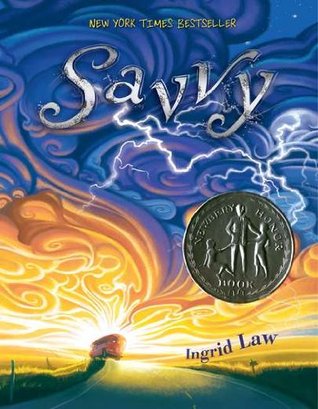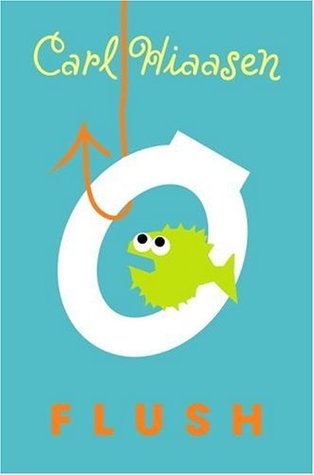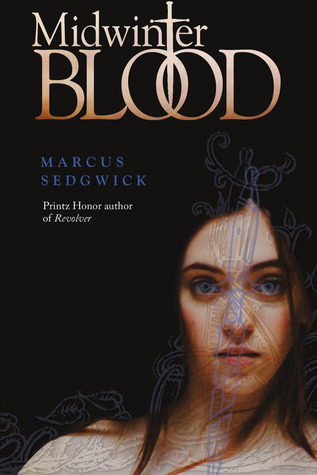
Book Summary:
Jennifer “Cam” Jansen is excited to see the Triceratops Pops
concert, but before she can buy her ticket, a person in a ghost costume runs
through the building, scaring people as they go. The ghost runs up to an old
man, yells “Boo!” and runs away. The old man grabs his chest and falls to the
floor, and the crowd is left to help with the medical emergency. While the
people in line are distracted by the scene, the ghost runs by the ticket
office, grabbing the money box as they go, stealing all of the ticket money.
A
crime has been committed, but no one knows who did it because they were covered
up in the ghost costume. Now Cam and her friend Eric are on the case. She will
need her photographic memory to save the day, and she thinks back over all the
details she could remember about the scene of the crime. Little flashes of
memory come back to her, and learning that the old man who fell at the ticket
booth was actually an accomplice to the crime provides more clues. Will Cam and
Eric solve the mystery?
APA Reference of Book:
Adler, D. A. (1996). Cam
Jansen and the ghostly mystery. New York, NY: Scholastic, Inc.
Impressions:
Cam is a great sleuth. She thinks logically about things she
knows and utilizes her photographic memory to remember important details of the
mystery at hand. She’s realistic and fun, and readers can relate to her and her
friend. Her Aunt Molly is incredibly quirky, which provides more for readers to
think about when they are trying to follow what she is trying to say.
One important thing to note about Cam and her mystery
solving adventures is that she is extremely conscientious about staying safe. She
does what she can, following her clues and finding evidence, but when it is
time to let the authorities do their job, Cam and Eric are responsible and call
for the police. The adults in this story are great in the way that they treat
Cam and Eric as a valuable asset rather than deeming them not worth the time it
would take to listen to their suggestions. I think this an important thing to
teach young readers. Other mystery books have the amateur detectives rushing
into dangerous situations with no thought for the possible consequences, and it
is good for readers to see a positive role model for how to deal with something
that may become a danger to the young investigators.
Professional Review:
Gr. 2-4. Cam Jansen, the girl with the photographic memory,
returns in her sixteenth mystery. Here, she and her pal Eric are waiting in
line to buy tickets for a rock concert. The ticket booth gets robbed by someone
dressed as a ghost, but it doesn't take Cam long to figure out the connection
between the ghostly robber and the distraction of a man who has a "heart
attack" in line. A very quick read, this should give new readers a push
into beginning chapter books and offer reluctant readers a mystery that isn't
babyish.
Cooper, I. (1997, January). Books for middle readers:
Fiction [Review of the book Cam Jansen
and the ghostly mystery]. Booklist,
93(9/10), 855. Retrieved from http://www.buffalolib.org/vufind/Record/890154/Reviews
Library Uses:
This would be a great group read for second and third
graders. There is a lot to discuss about the way Cam uses clues to solve the
mystery. This could also be used as part of an additional materials list for those
learning about different types of memory.



